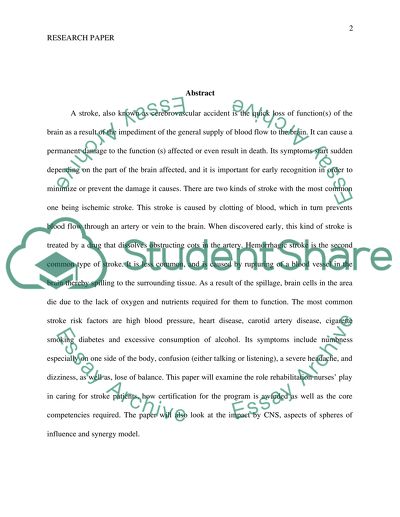Cite this document
(“Stroke Rehabilitation Certification Program including education and Research Paper”, n.d.)
Stroke Rehabilitation Certification Program including education and Research Paper. Retrieved from https://studentshare.org/nursing/1460530-stroke-rehabilitation-certification-program
Stroke Rehabilitation Certification Program including education and Research Paper. Retrieved from https://studentshare.org/nursing/1460530-stroke-rehabilitation-certification-program
(Stroke Rehabilitation Certification Program Including Education and Research Paper)
Stroke Rehabilitation Certification Program Including Education and Research Paper. https://studentshare.org/nursing/1460530-stroke-rehabilitation-certification-program.
Stroke Rehabilitation Certification Program Including Education and Research Paper. https://studentshare.org/nursing/1460530-stroke-rehabilitation-certification-program.
“Stroke Rehabilitation Certification Program Including Education and Research Paper”, n.d. https://studentshare.org/nursing/1460530-stroke-rehabilitation-certification-program.


